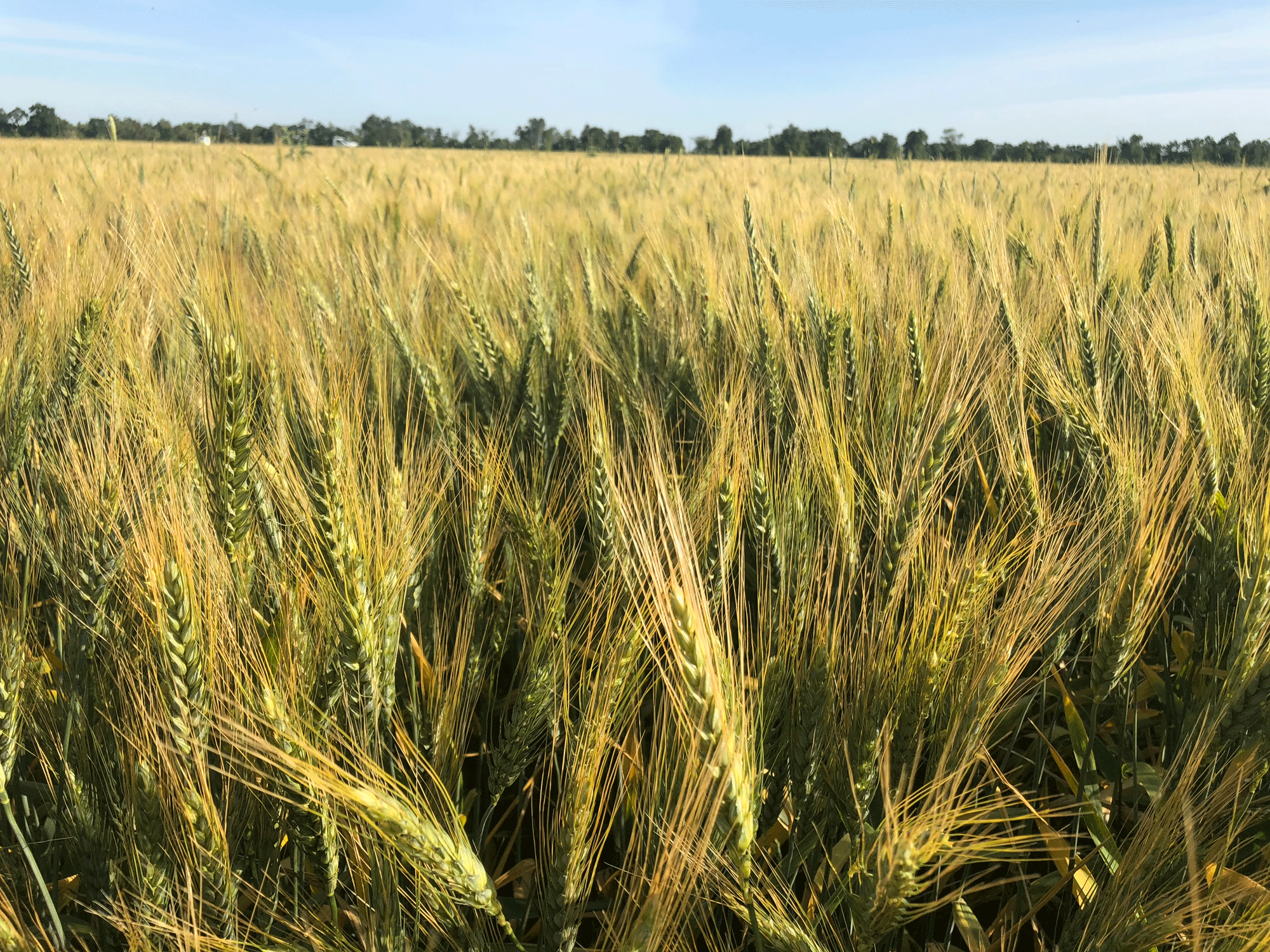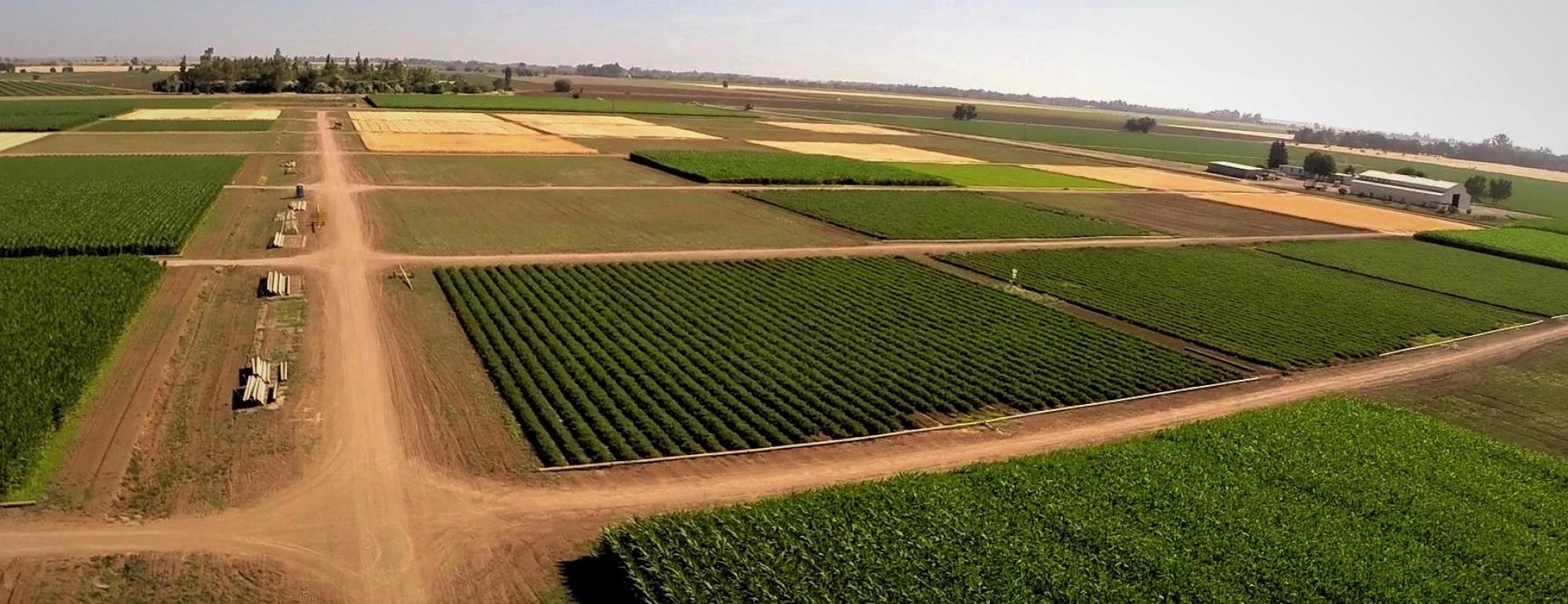Explore our historical archive to understand the effects of agricultural management on resource use, economics, and the environment over the course of 30 years
Changes in the soil and agroecosystems often happen gradually, so we started our aspirational 100-year experiment—the Century Experiment—in 1993 to understand the real impacts of agricultural management on resource use, economics, and the environment in the long term. Though he experiment had to be cut short, we have 30 years of valuable research to work with.
“The study of [soil is] really a study of biotic memories, of how living things, whether bacteria or people, reshape and are themselves reshaped by their habitat, through many generations….
One way of fostering this long view is through “listening places”—places set aside for patient and oft-repeated measurements, where our observations are melded into those of our predecessors, then handed off as heirlooms to those who follow us. In that way, we bequeath a lengthening legacy—a library expanding with time—from which to read the soil’s memory and elicit portents of what is yet to be.” —H. Henry Janzen

The philosophy of the Century Experiment was a simple one: studying how farm management practices impact the ecology of the farm over the seasons, years, and decades helps us figure out how to make agriculture and food production more sustainable.
On the 72 one-acre plots of the Century Experiment, we measured these trends by regularly observing:
- crop yield
- soil quality and biodiversity
- profitability
- water and energy use
- other environmental impacts
